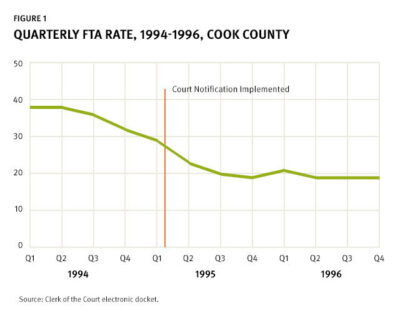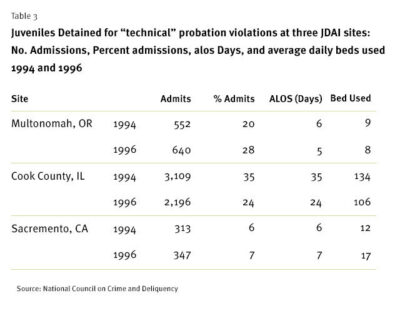Special Cases
As part of their quest to create a fairer, more efficient detention system for all of America’s youth, Annie E. Casey experts have identified three groups that need special treatment and solutions. They are: 1) minors with warrants; 2) juveniles who’ve violated the terms of their probation; and 3) adolescents who are detained post-adjudication.









